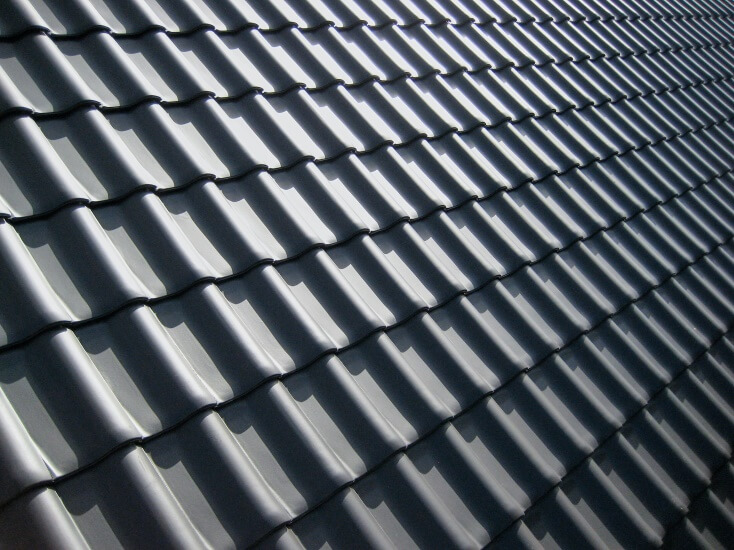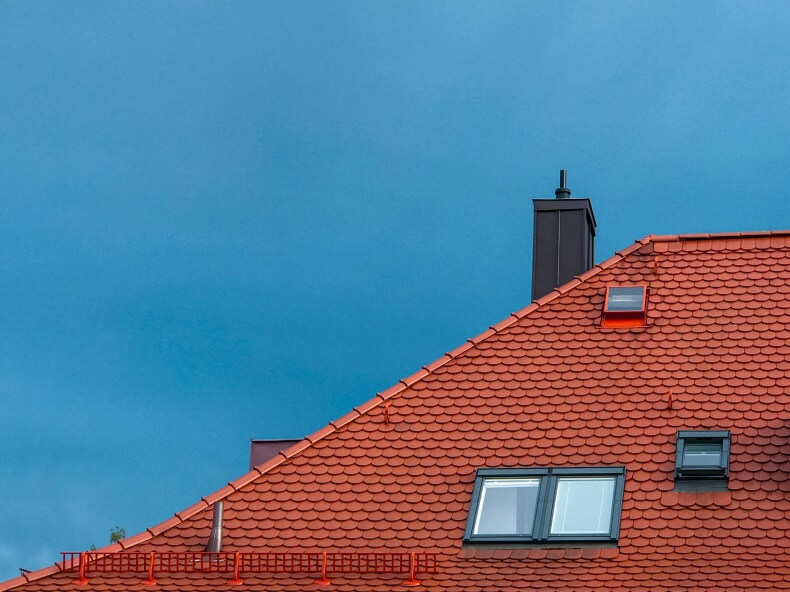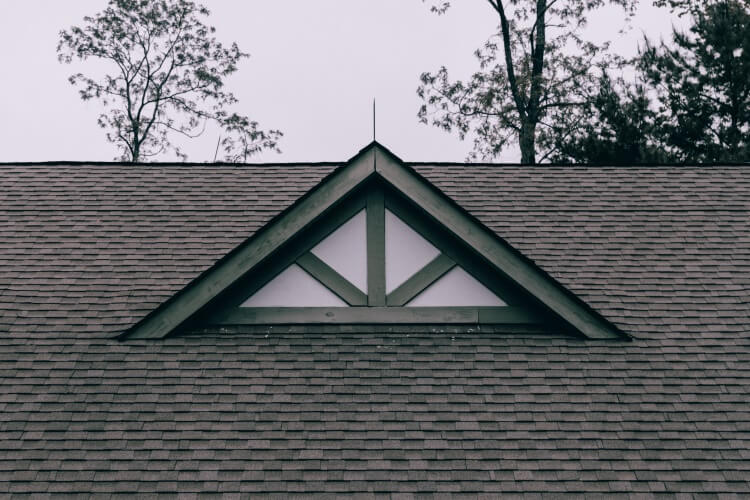
Your roof is an integral part of your home. Not only does it keep out the weather, but also keeps your interior cool and insulated, shielding the rest of the structure from damage.
Unfortunately, a damaged roof can quickly turn into an expensive and time-consuming issue. That’s why it’s essential to know what signs of deterioration look like and how to address them.
Materials
Roofing materials are essential elements for any building, as they protect the structure from external elements and keep homes cool in summertime while keeping heat inside during cold snaps. Selecting the ideal material can have a major impact on both its visual appearance and performance.
These materials come in many varieties, such as slate, clay, wood and composite. Each has its own advantages and drawbacks; ultimately it comes down to which option best meets your needs and budget.

Installation
Installing a new roof is an essential task that can significantly boost the value of your home. Selecting quality materials and hiring experienced professionals are critical in the long run for successful outcomes.
Once you select the proper materials, your roofer will order them and arrange delivery to your home. Be sure to set up a staging area where the materials can be safely delivered – such as your driveway or the side of your house.
Once all materials are ready, installation can begin. Be sure to lay out the materials correctly so they provide adequate protection from elements and prolong the life of your home.
Once the shingles are installed, your roofer will apply an adhesive starter strip on the back of each shingle to create a strong and waterproof seal. This step is essential for safeguarding your home against water intrusion and extending the lifespan of your roof.
Once all shingles are in place, the next step is to apply roofing cement to the joints and seams between each one. They then reinforce these with nails long enough to penetrate multiple layers of shingle for extra security in case weather conditions prove extreme. This step ensures your roof will remain strong even during extreme conditions.

Maintenance
Maintaining your asphalt or metal roof is critical for its long-term health. Regular inspection and repairs by reputable professionals like the ones at Trust Amato can help avoid certain types of damage that would require repair or replacement, potentially delaying full replacement by years. This is why proper maintenance is so important.
Regular inspection is integral for identifying issues before they worsen and stopping leaks before they become serious problems. A preventive maintenance program will also strengthen claims made under your manufacturer’s warranty and help you sidestep costly replacement before its time.
When it comes to maintenance, the frequency should be determined by your local climate and conditions. A home that experiences a range of weather patterns and temperatures requires more frequent attention than one in milder climates.
At least once each season, conduct a comprehensive inspection of your shingles and other materials. Look for signs of damage and examine flashings, vent pipes and caulk around them for signs.
It is essential to clear away all debris from the surface. This includes leaves, branches and other objects which could obstruct drainage and hasten membrane deterioration.
Another essential maintenance task is regularly trimming back tree limbs that hang over the roof. This is especially essential if your home is located in a stormy region as these falling limbs could damage the roof.
Additionally, you should clear out all drains and scuppers from your home as these can accumulate water that doesn’t run off the roof properly. Doing this will keep the interior dry and prevent mold growth. You can visit this site for more information about the dangers of mold growth.
Additionally, applying a moss killer to the roof is recommended. This can be accomplished with either a liquid that is dispensed through a hose pipe, or in powder form.
As previously stated, a properly maintained roof is your biggest line of defense against heavy rainfall and windstorms.

Repairs
Roofs are intricate systems that need meticulous care. This is especially true if your roof has been damaged due to wind storm or other weather event; therefore, hiring a professional for repairs is recommended.
Before a roofer can provide an estimate for repairs, they need to inspect your property and identify the issue. They’ll also need to know the size of the repair as well as any safety precautions that must be taken during the job.
Once they’ve assessed your property, the repair team will offer you a quote that includes labor and materials. The price will depend on what materials are used and the condition of your roof; generally speaking, the more costly materials mean higher repair costs per square foot.
The pitch of your roof is another factor that will influence repair prices. A steep pitch requires more skill and expertise to repair than a flat one, and your location and age of your roof also factor into this calculation.
Regularly inspecting your roof can help you detect signs of damage before they become major issues. For instance, if the flashing around chimneys or windows is missing, repair it right away to avoid costly interior damages or mold problems. You can click here: https://en.wikipedia.org/wiki/Flashing_(weatherproofing) to learn more about flashing.
Other parts of your roof that should be regularly examined include ridge caps and flashings. These areas protect shingles and tiles from water infiltration by covering cracks in the materials. If these parts aren’t correctly sealed, leaks can occur that could cause serious structural damage to your house.
At a routine inspection, your roofer may identify other repairs that need to be made in the near future. Depending on how serious the situation, these can range from minor patches to partial replacement or re-roofing.
Professional inspection of your roof by professionals will guarantee it continues to serve its purpose, shielding your home from rain, snow and sun. Furthermore, this preventive maintenance can save you money in the long run by decreasing mold and mildew growth and making sure your shingles last longer.
Steven Bennett
Related posts
Stay connected
Today's pick
- Things to Remember While Designing Your Custom Modular Kitchen in GurgaonGurgaon now known as Gurugram is the second largest city in the state of Haryana and is a reflectiossn of an ideal modern city with futuristic goals. Witnessing rapid urbanization, it has also emerged as a hub for contemporary homes, with homeowners seeking innovative and... The post Things to Remember While Designing Your Custom Modular […]
